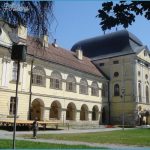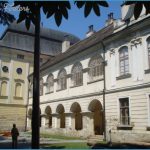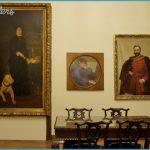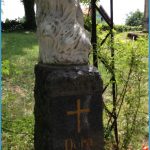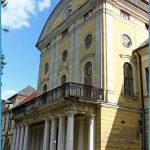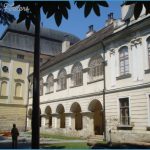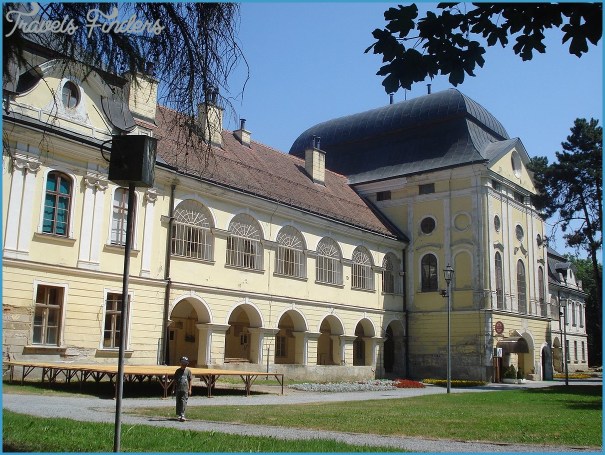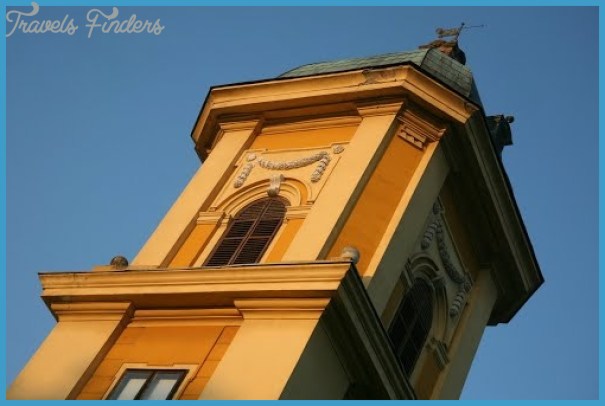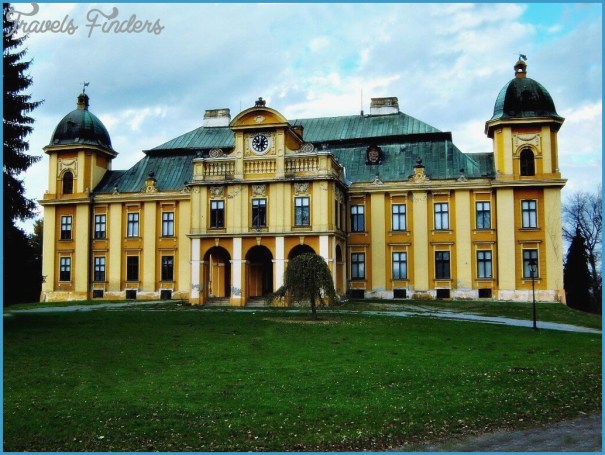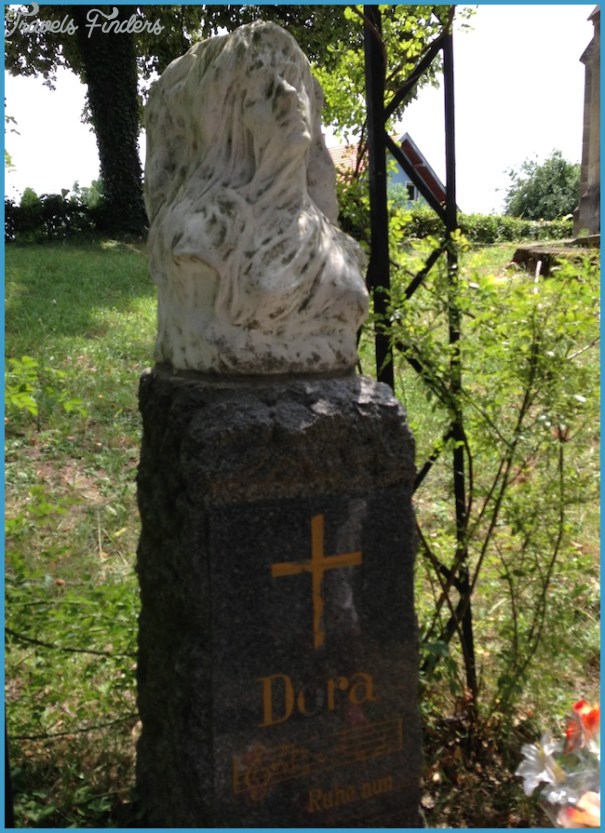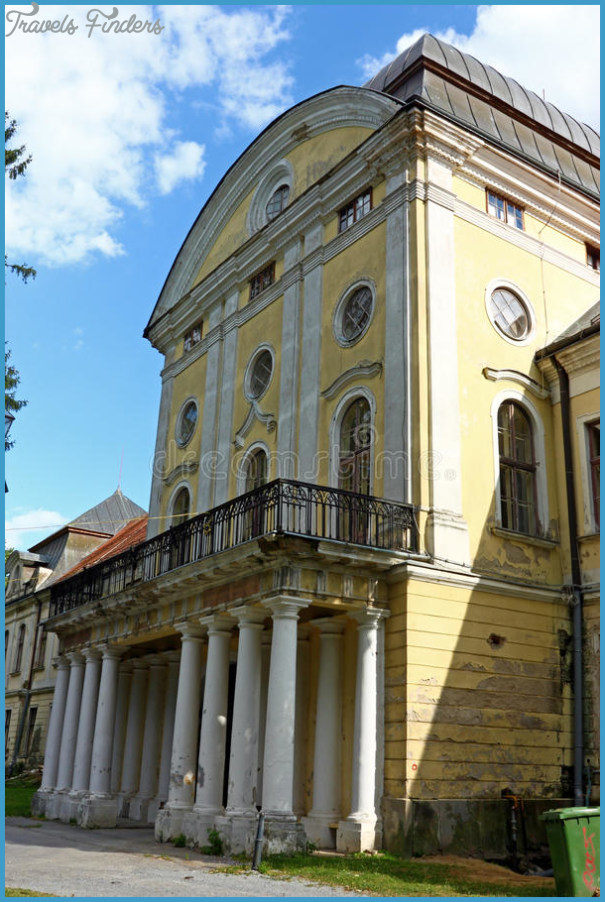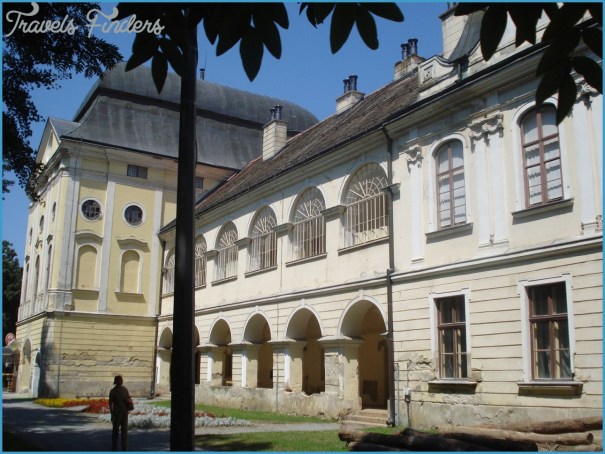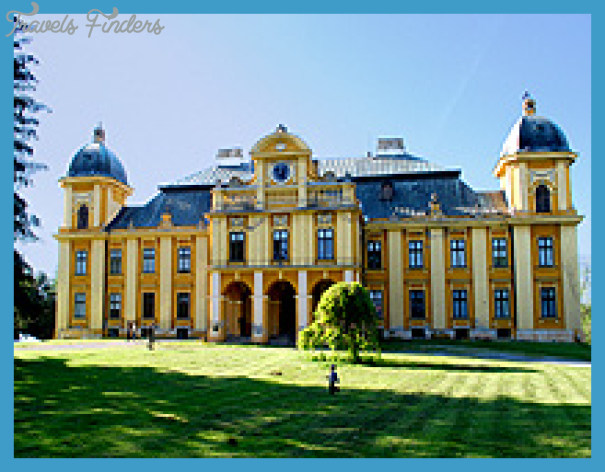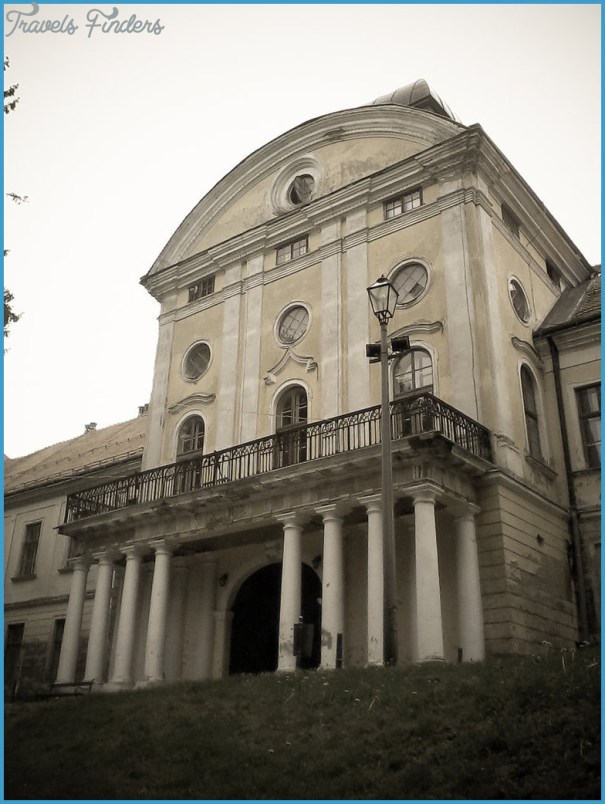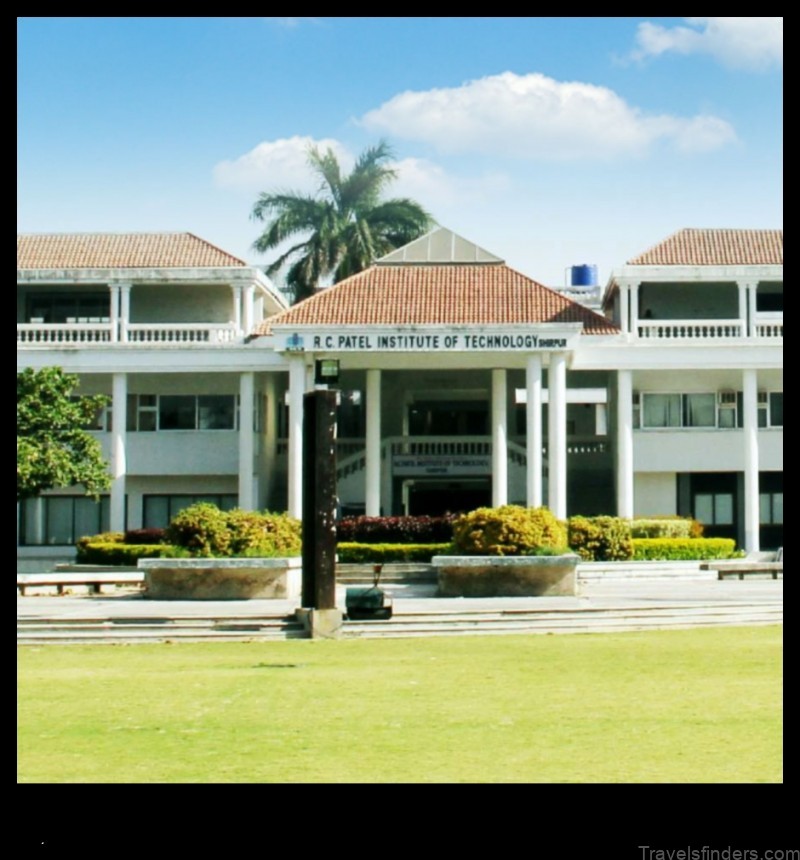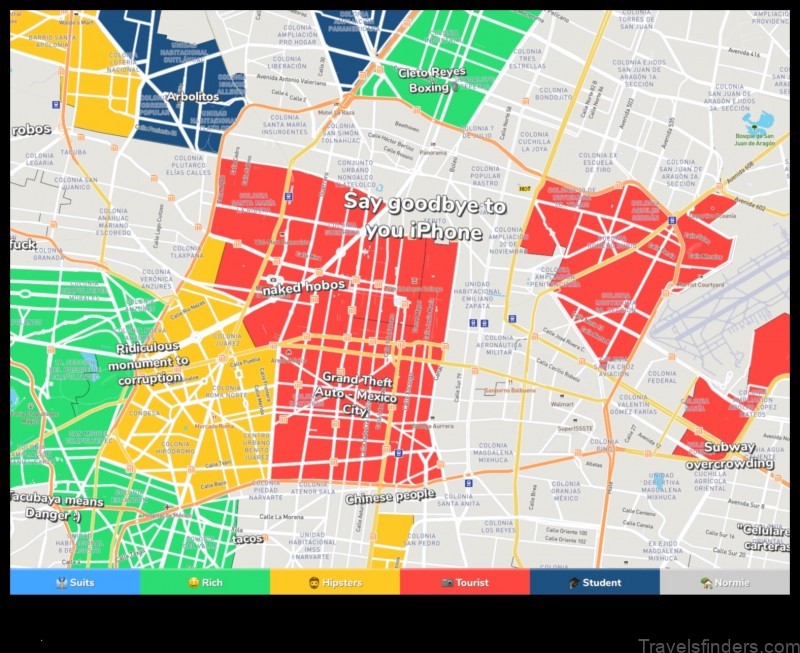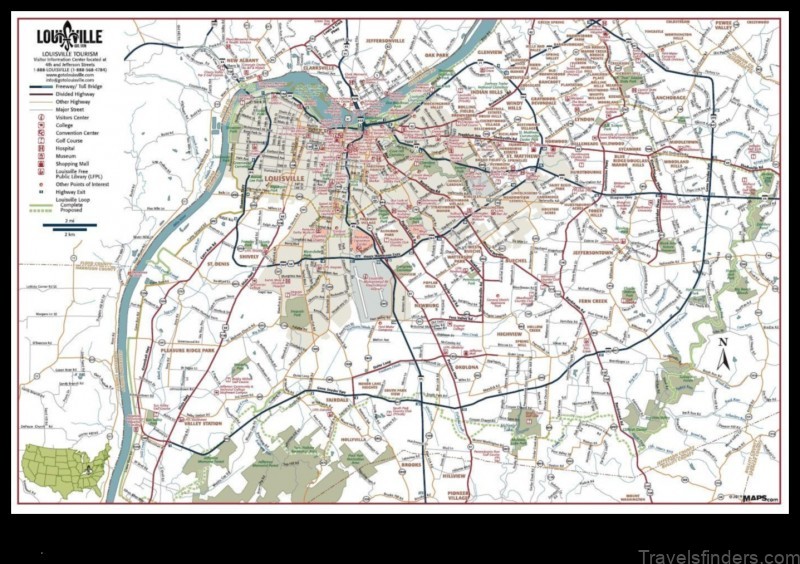Pejacevic MUSEUM
As Croatia’s first woman composer, Dora Pejacevic (1885-1923) might have been accorded some kind of memorial even if she hadn’t come from a distinguished family. She was the precocious and handsome daughter and namesake of Baron Teodor Pejacevic. Privately tutored, she was an accomplished linguist as well as a musician; she played the piano and the violin, and from the age of 12 she composed steadily until her marriage at the age of 35. Although as a composer she was mainly self-taught, she had short spells in Zagreb, Dresden and Munich for musical studies. She was alive to the literary and musical tastes of the day, and the heady influences of late Romantic, Impressionist, Expressionist and folk-music styles are evident in her music. Many of her works – 58 are known – were published and performed in Vienna, Munich or Zagreb during her lifetime, among them symphonic works as well as solo and chamber music; nearly half are for piano. Her manuscripts and early editions today form an archive in the Croatian Music Institute in Zagreb. Pejacevic spent most of her short life at Nasice, near Osijek in eastern Croatia, where she could enjoy the freedom The family estate, Nasice.
Pejacevic MUSEUM Photo Gallery
Rights were not granted to include these illustrations in electronic media Please refer to print publication afforded by the family’s beautifully maintained estate, with an English-style park that incorporated a forest of oaks and hornbeams, a glass winter garden and a swan-shaped lake. On the edge of the lake she had a small two-storey wooden pavilion built and equipped with a piano so that she could compose there. (In 1909 a villa, inspired by Sans Souci, was built in the grounds for her newly married brother Marcus and surrounded by formal French gardens; today it is the home of a primary music school named after Dora and the studios of Radio Nasice.) In 1921, Pejacevic was married to Ottomar von Lumbe, and she left Nassice – only to die in Munich, scarcely a year and a half later, of complications following the birth of their son Theo. She left instructions that she should be buried at Nassice, outside and adjacent to the Mauzolej Pejacevic, the family’s neoGothic chapel built in 1881 across the road (Vladimira Nazora) from the town cemetery.
A copy of the veiled bust of Tuga’ (‘Sadness’) by the Serbian Dorde Jovanovic, which she prized, presides over her grave; her gravestone is simply Dora Pejacevic s composing pavilion inscribed DORA’ (on the back is the final phrase from her setting of Nietzsche’s The Loneliest). When the chapel was desecrated in the aftermath of World War II, her grave was undisturbed. In recent years she has become the subject of a film, Contessa (1993), by Zvonimir Berkovic, and a popular biography, Young Dora (1995), by Stanko Rozgaj, both of which draw heavily on the aristocratic life she enjoyed at her family’s Slavonian estate in the years before World War I. The Pejacevic family acquired their manorial country estate in 1734. Around 1811 they built the present manor house, which remained their principal residence until the Germans appropriated it during World War II. In 1945 it became the property of the Yugoslav State and since 1974 it has served as a regional museum.
Although her father and grandfather served as viceroys of the Austro-Hungarian Empire, it is Dora’s life that is today celebrated in one of the museum’s three memorial rooms. The shells of the buildings and the lake are all that have survived the vicissitudes of the 20th century. Although the site is a Category 1 cultural monument, the grounds are no longer landscaped and the manor house retains only a few of its original internal features such as the carved wood ceiling, brass chandelier and parquet floor of the Red Room on ground level, used today for chamber music concerts. The music salon on the lower level, where Dora kept her Bluthner grand piano, is now the headquarters of the local singing society, which is named after Vatroslav Lisinski (1819-54), often regarded as the first distinctively Croatian composer. The Dora Pejacevic Memorial Room, which looks out on the parkland from the first floor, displays both her piano and family furniture. Next to one of the many elegant photographic portraits are the chair and the folding screen seen in the picture. In addition to the portraits of Dora, there are several of her family, including one of her father with the young Theo at Nassice. Also on display are the Tuga’ sculpture, which she acquired in 1906 (it adorned her grave until 1985), and a plaster bust of Dora herself by D. Jelovssik from 1916. Editions and recordings of her music, along with examples of her correspondence and an exquisite fan she must have owned, are behind glass.
Since the foundation of the museum, Pejacevic has been the subject of research by the curators. They have a collection of recorded reminiscences and continue to collect related material, including copies of unique documents, concert programmes and publications about her life and music. The centenary of her birth on 10 September 1885 was marked with a series of events presided over by her son, Theo von Lumbe, which included the erection of a bust by D. Sstambek in the manor grounds, the rebuilding of the lakeside pavilion, and the inauguration of an annual concert and a scholarly conference in her memory.

